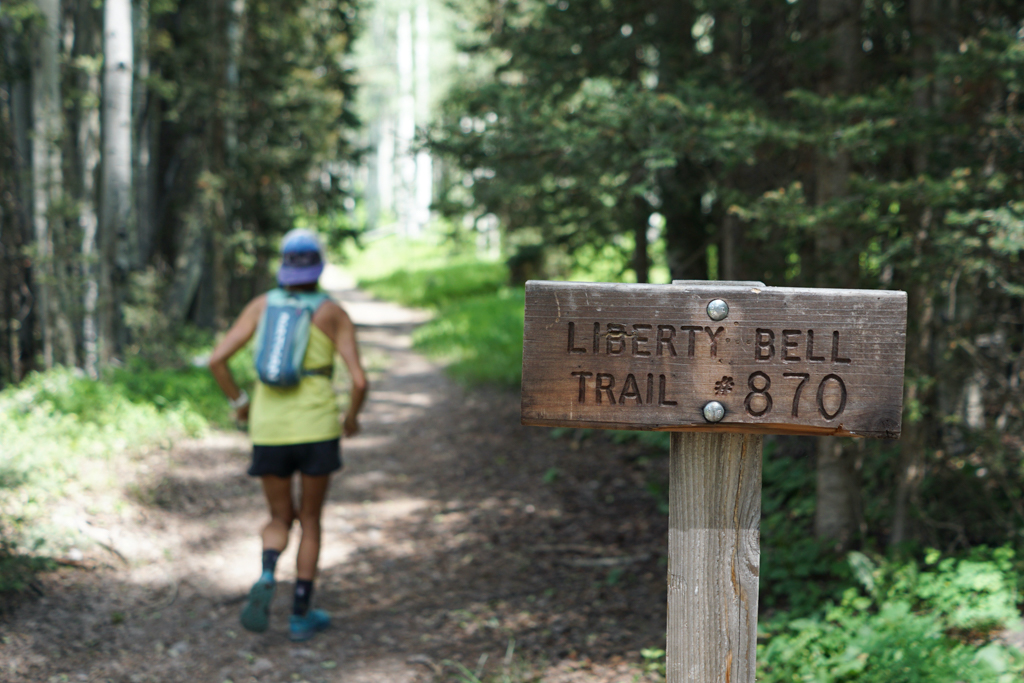Hill Training: Speedwork in Disguise

In 2008, I returned to Bighorn 100 for the third time. I had managed to grab my first win in a 100-miler in 2005, and was somehow lucky enough to repeat the performance in 2006 while knocking down the course record. But based on the competition, I knew a three-peat would be a tall order.
From the start, I spent the first 40 miles in a group of four other runners. One being Patagonia teammate, Justin Angle. As the five of us jockeyed for position in and out of the early aid stations, I waited for my chance to make a move. I knew the big climbs at Bighorn would be the deciding factor in that tough, remote mountain race. In addition, Justin planned to pick up Scott Jurek as his pacer. I knew Scott would be a good motivator and would surely push Justin later in the race. I needed to take the lead before that — somewhere before halfway. With that strategy, I made a move to gap the group as we refilled at a primitive freshwater spring. As I pushed the pace a little, I gained the lead by a few minutes. I knew I had an ace up my sleeve — hill work.
As I slowly widened the gap, we started into the huge and last major climb out of Little Bighorn Canyon during the night. I entered with the confidence that I could climb well, even late in the race. I was able to run most of the climb with small hike breaks and increased my lead by 20 minutes at the top.
My confidence had come from the spring season spent running hills 5 out of 6 training days per week. My staple mid-week maintenance run three times per week was a 7-mile trail loop with 1,900 feet of ascent. I approached this workout two times per week at an easy pace and once per week as a progressive tempo effort. This circuit consisted of three climbs of 900, 700 and 300 feet, respectively. When I first started running that workout, it humbled me. I would come away sore, many times confined to a hike, and I often struggled. However, as I continued to come back for more, week after week, my body adapted to the training stress and I came to look forward to the workout. My tempo workout time to complete the loop continued to come down, and I could eventually finish the route tired but energized, running every step.
Uphill and Downhill Training
Hill training is a useful tool for strength building. On multiple occasions, I’ve heard former World Mountain Running Champion Max King proclaim, “Hills are speedwork in disguise.” A tremendous benefit of uphill running is the reduced impact on the lower legs, knees and ankles, as well as strengthening hip flexors, hamstrings and calves. Emphasizing the harder efforts on the uphill portion equates to a lower risk of injury. This approach is a great way to introduce your system to faster running safely before fast track or interval workouts.
There is benefit to running downhill quickly too. The eccentric-loading where leg muscles are stressed due to the forces of braking and impact absorption. The increased contraction of aggressive downhill running can leave your quads sore. However, after a few controlled downhill running sessions and dealing with sore quads, the leg muscles adapt to the stress.
Personal Approach
Since I predominately run trail and compete in mountain ultras, my weekly runs are centered around running hills. I use hill training as a weekly staple for my easy recovery days, and also use harder hill workouts as phase training before introducing a speedwork phase. Under the same philosophy, I prescribe weekly easy hill workouts for all my coached athletes. Since trail running usually involves much more elevation gain than road running, practicing technique and using repetition to get better at climbing and descending can really help with confidence and comfort when the going gets vertical. If you’re an aspiring trail runner, you have to learn to search out and love the hills. Simple as that.